Ramen has transcended its humble beginnings as a quick, budget-friendly meal to become a canvas for culinary creativity. The right choice of ramen toppings can even elevate the dish from a simple noodle soup to a gourmet experience.
Whether you're a seasoned Korean ramen aficionado or new to the world of this comforting noodle dish, there's always something new to add to your bowl to tantalize your taste buds. Think of your steaming bowl of ramen (or ramyun, in Korean) as a stage, and the toppings for ramen noodles are the stars of the show.
From traditional offerings like chashu (pork) and flavored eggs to more unconventional options like crispy garlic and spicy gochujang sauce, every addition plays a part in harmonizing flavors and textures. Below I share dozens of must-try ramen toppings and how they can take your bowl of noodles to the next level.
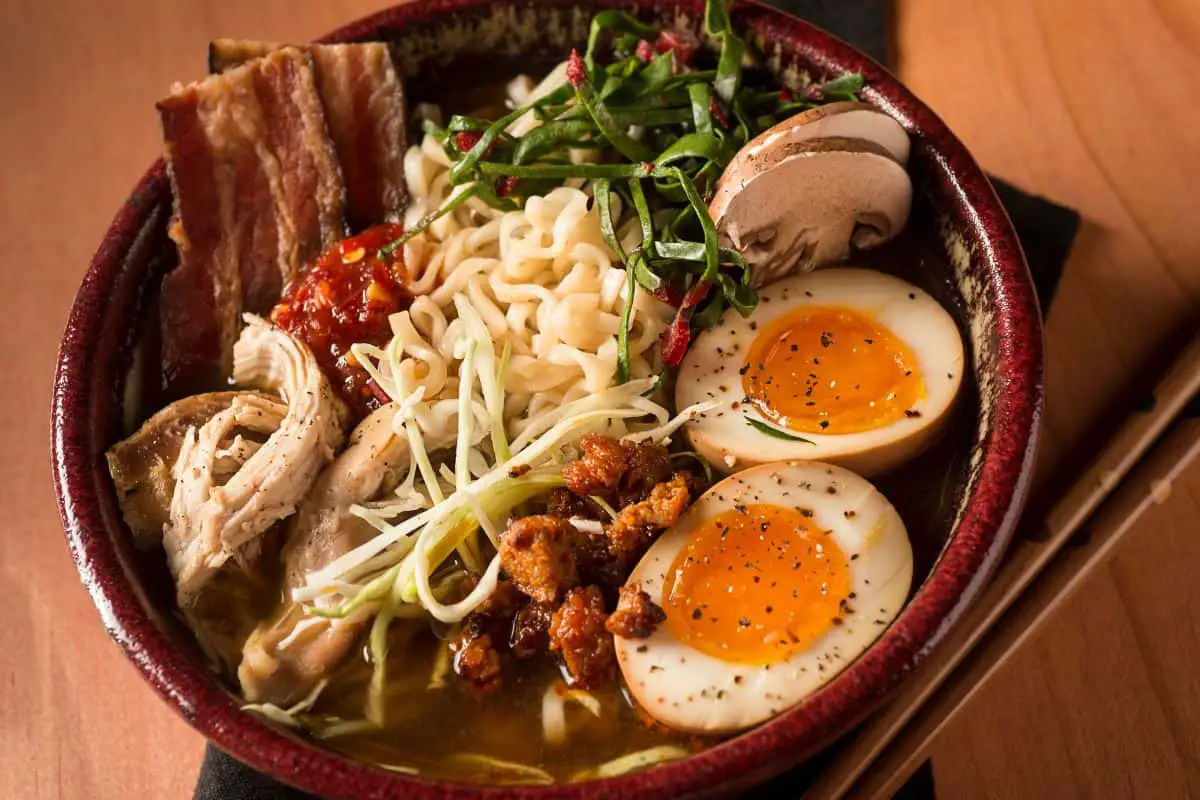
Jump to:
🍜 Fundamentals of Ramen
Ramen is a rich culinary tradition from Japan and Korea that has become a global comfort food. Below we cover its origins, diverse broth types, noodle variations, and the significance of toppings for these traditional noodles.
Ramen's Origins
Ramen is a quintessential Japanese dish with Chinese origins, that has evolved quite a bit over the centuries. The journey of Japanese ramen began in the early 20th century, influenced by Chinese wheat noodles - your favorite bowl of ramen represents a fusion of cultures that's now an integral part of Japan's and Korea's gastronomy.
Ramen Broth Varieties
The soul of ramen lies in its broth, with types of ramen being categorized by it. The 4 main types are: Tonkotsu, a rich pork-based broth; Miso Ramen, with a savory soybean paste base; Shoyu Ramen, seasoned with soy sauce; and Shio Ramen, characterized by its briny salty flavor.
Each variety offers a unique taste experience that forms the foundation of any homemade ramen.

Ramen Noodles: Types and Texture
Ramen noodles come in various shapes, sizes, and textures, each one tailored to complement different broths. With options ranging from thin and straight to thick and wavy, these noodles are critical in creating the perfect texture in your mouth.
Whether you're crafting homemade ramen or sprucing up instant ramen, the right noodle can make your dish.
The Role of Toppings in Ramen
Toppings are more than just garnish; they're essential to the complexity of ramen. From a flavored Ajitama egg to slices of tender chashu pork, ramen toppings significantly enhance the flavor and texture of your bowl.
Nitamago, bamboo shoots, nori, and scallions are among the diverse toppings you can add to elevate your ramen experience.
🍗 Protein to Add to Ramen
Classic Meat Toppings
Your ramen can be transformed with the addition of classic meat toppings. Pork belly and chashu, a form of tender braised pork, are traditional favorites that offer melt-in-your-mouth texture and a robust taste.
For those who love poultry, chicken breast or chicken thighs provide a leaner but equally delicious alternative.
If you're a seafood enthusiast, consider adding shrimp or clams to infuse a distinct umami flavor into your noodle soup.
For an unconventional twist, thin slices of SPAM can be seared and added for a unique, savory taste.
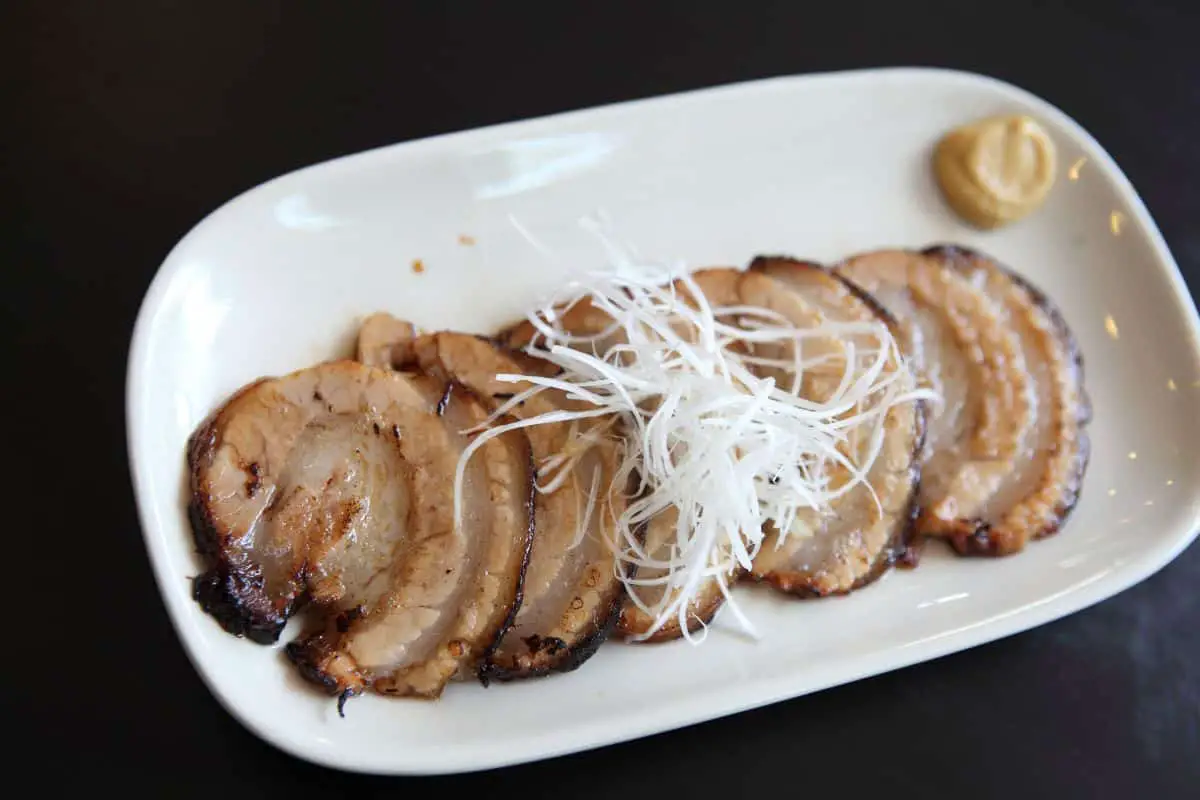
Vegetarian Protein Options
Vegetarian proteins can be just as enticing in a bowl of ramen. Tofu, with its subtle flavor and ability to absorb the rich broth, is an excellent choice. It can be silken, soft, or firm, depending on the texture you prefer.
Eggs, whether soft-boiled, poached, or fried, are another high-protein addition; their creamy yolks enrich the broth wonderfully. For those avoiding all animal products, an egg substitute can provide a similar experience if added to boiling hot broth.
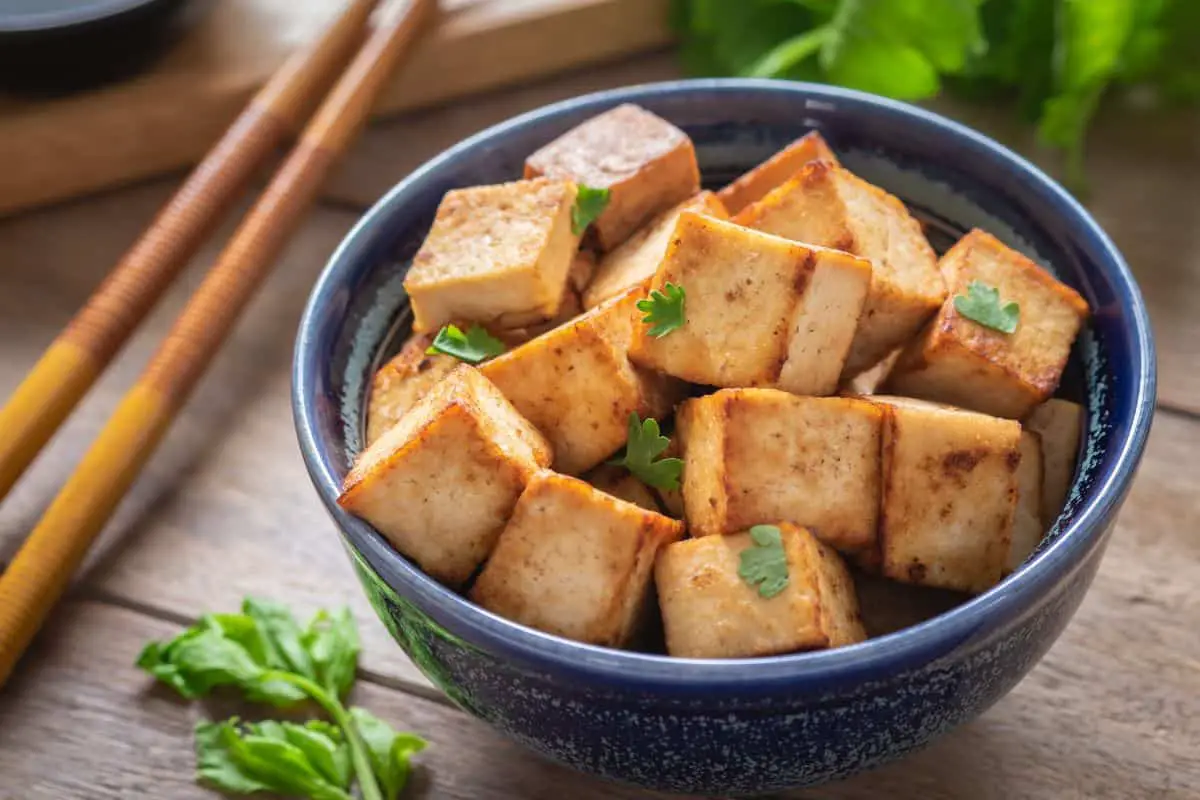
🥬 Vegetable Additions
Adding vegetables to your ramen can transform a simple bowl into a vibrant and nutritious meal. Here are some of my favorite veggie toppings that you can easily incorporate for a healthier, more flavorful bowl.
Leafy and Green Options
- Bok Choy: Steam or sauté some baby bok choy and add it to your ramen for a crunchy and slightly sweet flavor.
- Spinach: Drop in a handful of fresh spinach for a quick wilt and a burst of green; it's also an easy way to get your iron.
- Cabbage: Thinly sliced napa cabbage adds a delightful crunch and works well with the rich broth.
- Green Onions/Scallions: Sprinkle chopped green onions on top for a sharp bite that complements any ramen bowl.
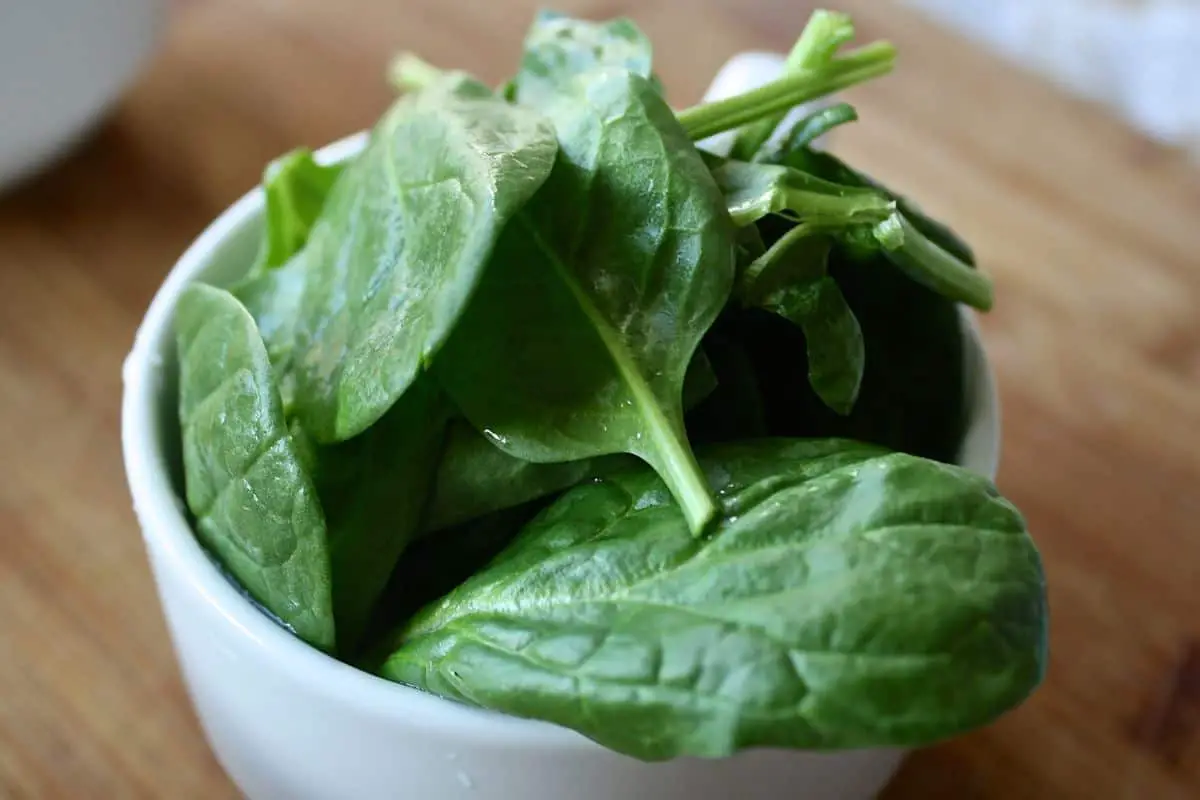
More Aromatic Vegetables
- Onions: Sautéed onions bring a deep, caramelized flavor that enriches the ramen's taste profile.
- Bean Sprouts: These offer a refreshing crunch and a subtle nuttiness, perfect for balancing the dish.
- Mushrooms: Shiitake mushrooms provide an earthy umami punch, and when sliced thinly, they can soak up the broth's flavor. I also like the tiny enoki mushrooms, when you let them sit in the broth for 15 or 20 minutes to soften.
- Fermented Bamboo Shoots (Menma): Their tangy and salty notes bring complexity to your bowl.
- Corn: Sweet kernels of corn add pops of texture and taste, especially against the savory broth.
🧂 Unique Flavor Enhancers
Seasonings and Condiments
Start with seasonings and condiments to easily customize the taste of your ramen. For a savory kick, a spoonful of miso paste infuses any broth with deep umami richness.
To adjust the heat, shichimi togarashi, a blend of seven spices, or a drizzle of chili oil or even yuzu kosho can add a pleasurable tingle to your palate.
Don't overlook the power of a dash of dark soy sauce for that classic salty-sweet flavor, either while a splash of sesame oil or mirin can balance the dish with a subtle sweetness.
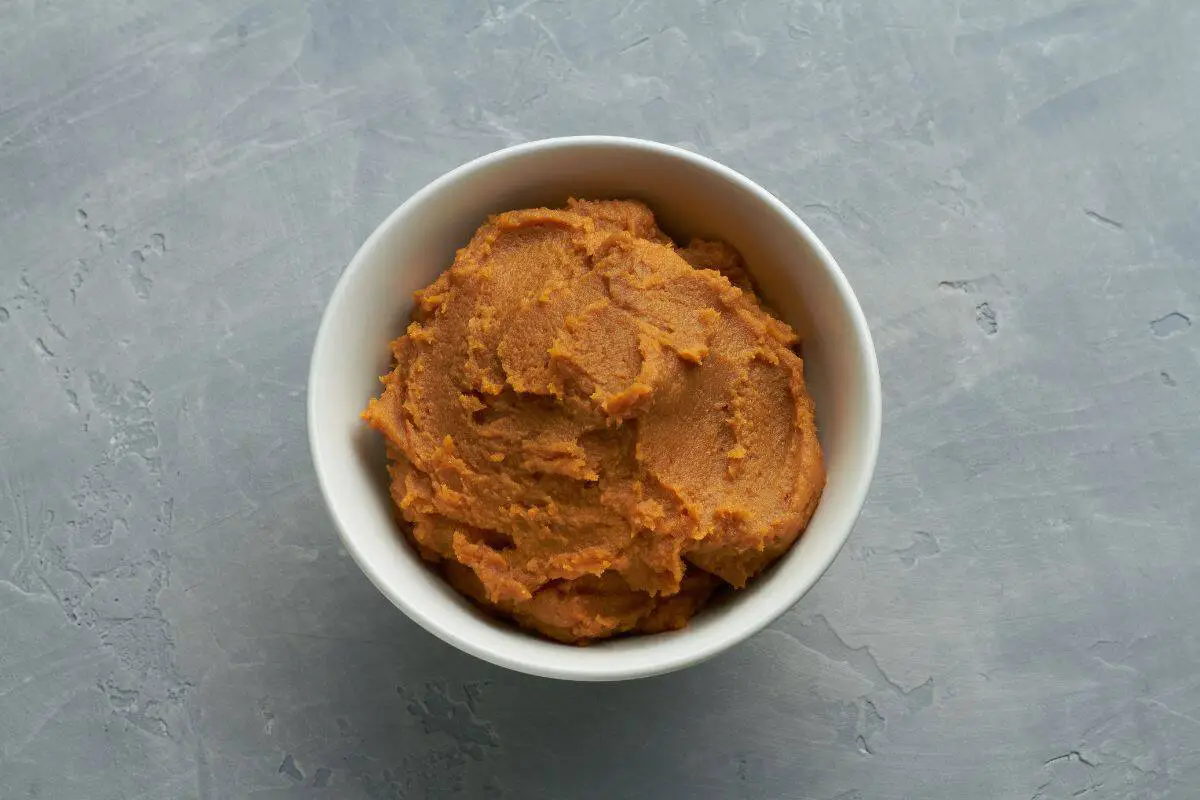
Specialty Garnishes and Add-Ons
Sesame seeds add a delightful crunch and a nutty taste, while thinly sliced green onions or grated ginger can provide a fresh and mild zing.
Enrich the dish further with seafood elements; narutomaki or fish cake introduces a playful visual touch with a hint of saltiness, alongside wakame or other dried seaweed varieties, bringing the ocean's flavor to your bowl.
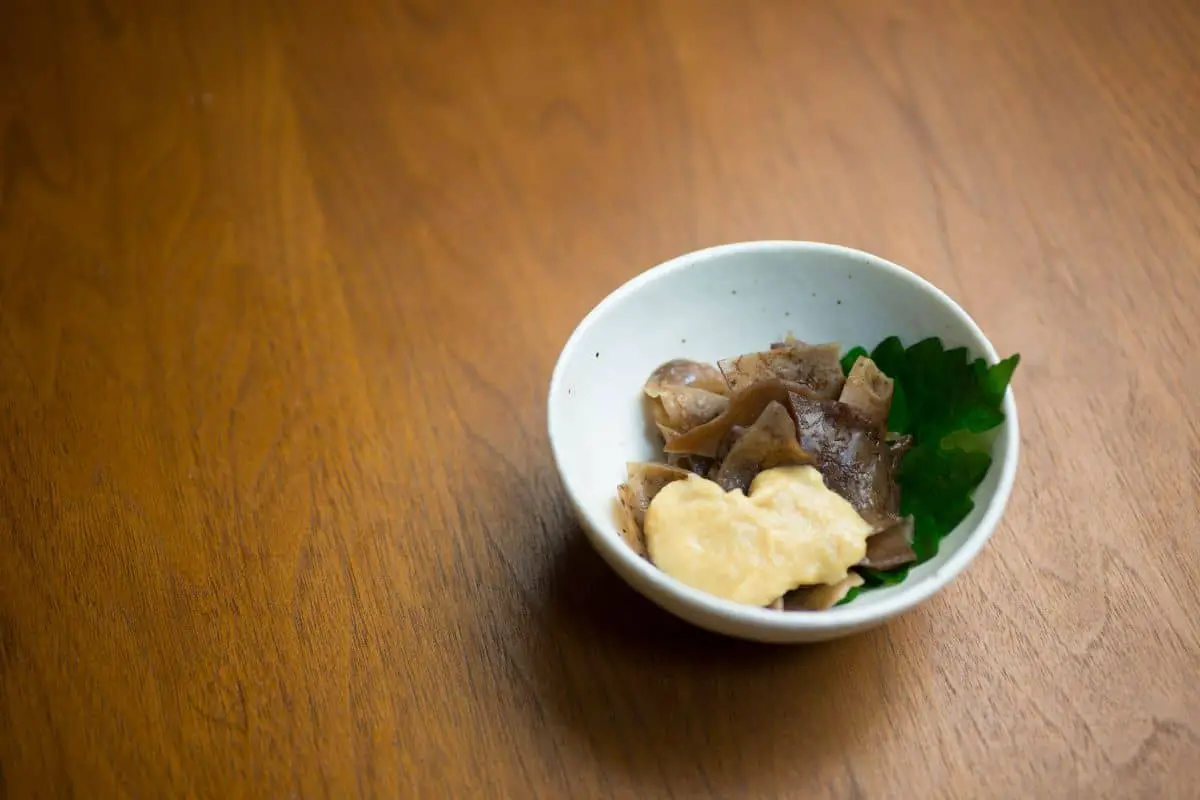
🍥 Additional Topping Options
When customizing your ramen, the final touch comes from an array of toppings that enhance flavor, texture, and visual appeal. Dive into a variety of egg options, add crunch to your bowl, or get adventurous with fusion ramen toppings that can take your usual bowl to new heights.
Egg Variations in Ramen
Eggs are a classic ramen topping and can transform your noodle soup with their rich, savory profiles. Enjoy a traditional Ajitama, a marinated soft-boiled egg with a custardy yolk, or opt for a Nitamago, which is more on the firm side.
These egg options not only provide a protein boost but also absorb the flavors of your ramen broth, giving you a burst of taste with each bite.

Crunchy and Textural Elements
Wood ear mushrooms bring a chewy texture and are a staple in authentic ramen, while fresh or canned bamboo shoots add a pleasant crunch.
Sprinkle some fried garlic or furikake for a fragrant and crispy finish, and consider unexpected inclusions like crisp red radish slices to liven up your ramen.
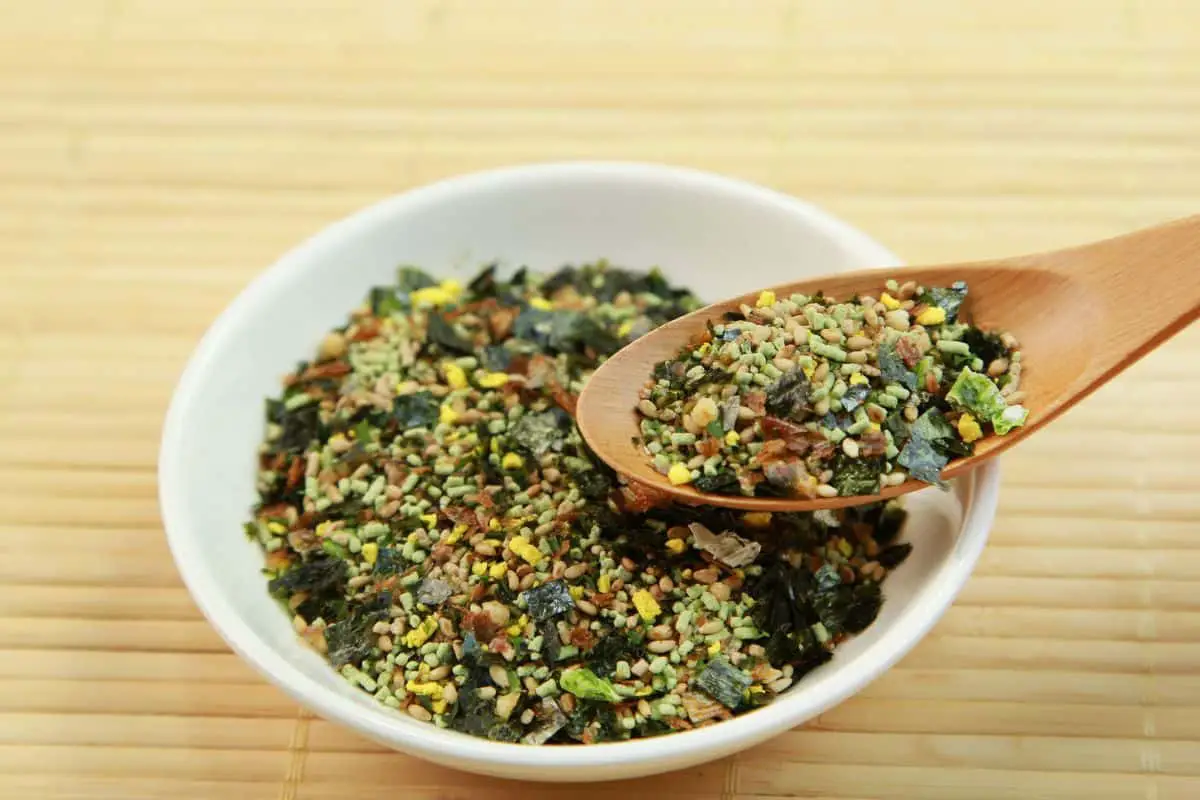
Fusion and Unconventional Toppings
A dab of butter or a sprinkle of cheese can add a creamy, satisfying richness. For those who love a kick of heat, chopped chili peppers or a swirl of sriracha will ignite the flavors and elevate your ramen to new and exciting realms.

♨️ Regional and Cultural Influences
When you explore the vast world of ramen, you'll soon discover that regional and cultural nuances significantly shape the toppings you'll encounter. Each area of Japan and international influence adds its own twist, creating a symphony of flavors that truly define this beloved dish.
Toppings Inspired by Japanese Regions
The Hokkaido region, known for its cold climate, often features hearty toppings to warm you up. You'll find generous slices of butter melting into the hot broth and corn kernels nestling alongside springy noodles.
Negi (green onions) is liberally added in many regions, but Hokkaido takes pride in its distinctive variety, which is sweeter and more tender compared to others.
When you whirl your chopsticks around the noodles, don't be surprised to find kamaboko, a colorful steamed fish cake with a distinctive pattern. This topping isn't just a feast for the eyes; it honors the rich seafood culture of Japan's coastal areas.
International Flavors Melding with Ramen
As ramen has traveled the globe, it's been embraced and adapted by different cultures. In Korea, for instance, you might find kimchi with its lively heat and tanginess crowning your bowl.
Elsewhere, dumplings can nestle in the broth, combining the comfort of ramen with the succulent surprise of savory fillings—a true East meets West experience.
Your bowl may even be brightened by carrots, cut into ornate shapes or simply shredded, adding a crisp texture and a touch of natural sweetness. This is a great example of international palates influencing ramen, widening its appeal and flavor profile.
🙋 Frequently Asked Questions
Your homemade ramen can be greatly enhanced with staples like flavored eggs, known as Ajitama, and thinly sliced green onions.
Nori sheets, or dried seaweed, and tender slices of Chashu pork are also favorites that add depth to the dish's flavor.
Certainly! Adding ingredients like Menma (fermented bamboo shoots), Kamaboko (fish cake with a swirl design), and wood ear mushrooms can bring that sought-after authentic Japanese touch to your ramen bowl, while adding a spoonful of Mayu (black garlic oil) will contribute to the broth's richness.
To transform your instant ramen, consider a sprinkle of Ichimi Togarashi for spice, or infuse some tanginess with a dollop of minced Kimchi. A drizzle of toasted sesame oil can also provide a nutty undertone that elevates the overall flavor.
Healthy options for ramen are diverse, ranging from bean sprouts that add a crunchy texture to spinach or bok choy, which offer a dose of greens. Sliced mushrooms can add meatiness without the meat.





Comments
No Comments